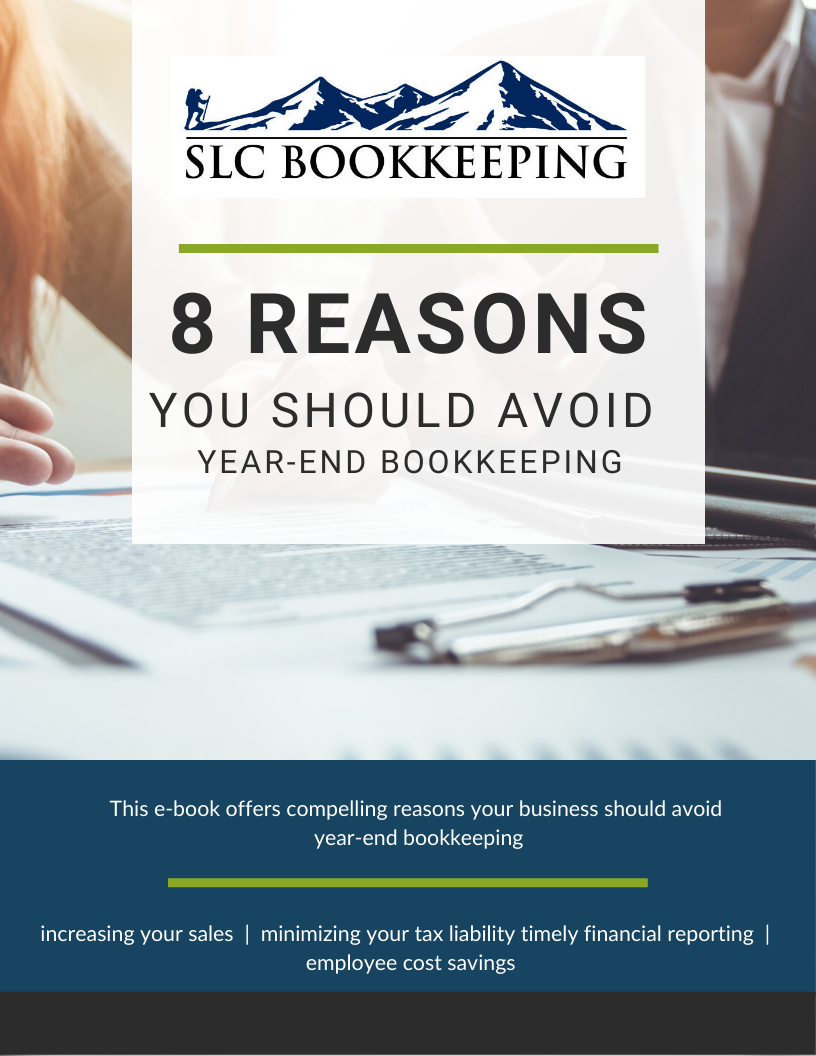How to Sell Strategic Planning to a Skeptic (You)
Well-planned entrepreneurship almost qualifies as an oxymoron in the world of business. How do small business owners effectively harness big-picture creativity, and transform it into a small-picture format? All too often, it seems, the answer is they don’t.
Many business owners are heavy on handling risk and initiative, but light on understanding how to turn their vision into a step-by-step plan. If you’re skeptical about the benefits or even the necessity of designing, implementing, and maintaining a well thought out business strategy, consider this: would you offer to cook Thanksgiving dinner for the entire family, or coach the local football team to victory, without putting some kind of plan into effect?
plan. If you’re skeptical about the benefits or even the necessity of designing, implementing, and maintaining a well thought out business strategy, consider this: would you offer to cook Thanksgiving dinner for the entire family, or coach the local football team to victory, without putting some kind of plan into effect?
Some of us probably would, and we’d end up doing it well! But for the rest of us, letting our natural drive to succeed override our belief that we can wing whatever comes our way, probably promises the best results. Studies and surveys consistently show that plenty of businesses find success without a proper plan in place, but that success tends to come faster, and harder, to those that engage in strategic planning.
A good strategic plan can help you define your company’s direction and delineate where you should focus your capital, energy, and finite hours. All you really need to get started is time, desire, and – it probably goes without saying – a basic plan.
1. Figure Out Where Your Business is Right Now
This first step isn’t always as easy as it seems because many business owners firmly believe they’re doing better than they actually are. Numbers tell the truth however, so start by taking a good look at your books, and consider having a professional internal audit carried out to determine exactly where your business is at financially. Don't worry, it's not as scary as it sounds. Your small business can benefit from an audit.
Follow this up with some in-depth research on the current marketplace, and on your competition, to see where you fit into it all. Finally, take stock of your company’s true potential and attributes, and be honest about your strengths and weaknesses. The more forthcoming you are about where you’re at right now, the more effective your strategy will be.
2. Define Your Vision
Now that you’ve taken stock of your business and you’re perched eagerly on the starting line, this next step will help you figure out which direction you should be facing. Sometimes a vision can be difficult to pin down and put into words, but it’s imperative that you try.
Having a clear notion of what you want your business to achieve is the key to devising the plan that will make it happen. You should consider your company’s long-term direction in terms of markets, clients, products, and services, to determine where your priorities lie.
3. Lay Out Your Goals
You know the direction you want to go in; now it’s time to establish a route. In light of the business priorities you’ve just confirmed, brainstorm and document the detailed objectives that will define each waypoint along your path. By doing this, you’ll better recognize when your individual goals are being met.
While some entrepreneurs like to think that the achievement of all their goals is the finish line, the truth is that when you run a business, there really is no end point until you sell or move on. For growth and success to continue, each conquered checkpoint along the way should immediately be replaced by a new objective, and a carefully tweaked plan for accomplishing it.
4. Delegate
Once you’ve got a solid plan, you’re going to need some help carrying it out. Consider both your short-term and your long-term goals to figure out who needs to be accountable for what. Sometimes even having an accountability coach can help keep you on track of your personal goals.
Is it time to invest in employees with specialized skills? Can you take advantage of outsourcing to qualified professionals? This is where you get to decide how to make the best use of your company’s most valuable resources: time, money, and personnel.
5. Take Regular Pulse Checks
You’ve finally left the starting gate and you’re heading in the right direction along a well-defined path to success. Don’t forget to periodically check in with your plan to make sure that you’re on the right track, and that you’re continuing to take the most efficient route possible to your next set of objectives.
Remember too, that your business strategy isn’t necessarily set in stone. A quarterly reviewis a great way to reassess your market position, and to re-evaluate your goals in general.
6. Don’t Forget Your Exit Strategy
The true finish line for your business is the day when cashing in or moving on represents the right choice for you. At some point along your planned route, you might want to give some thought to what that day will look like - whether your final goal is a dollar value, a retirement age, or simply the transition into a brand new enterprise.


Comments